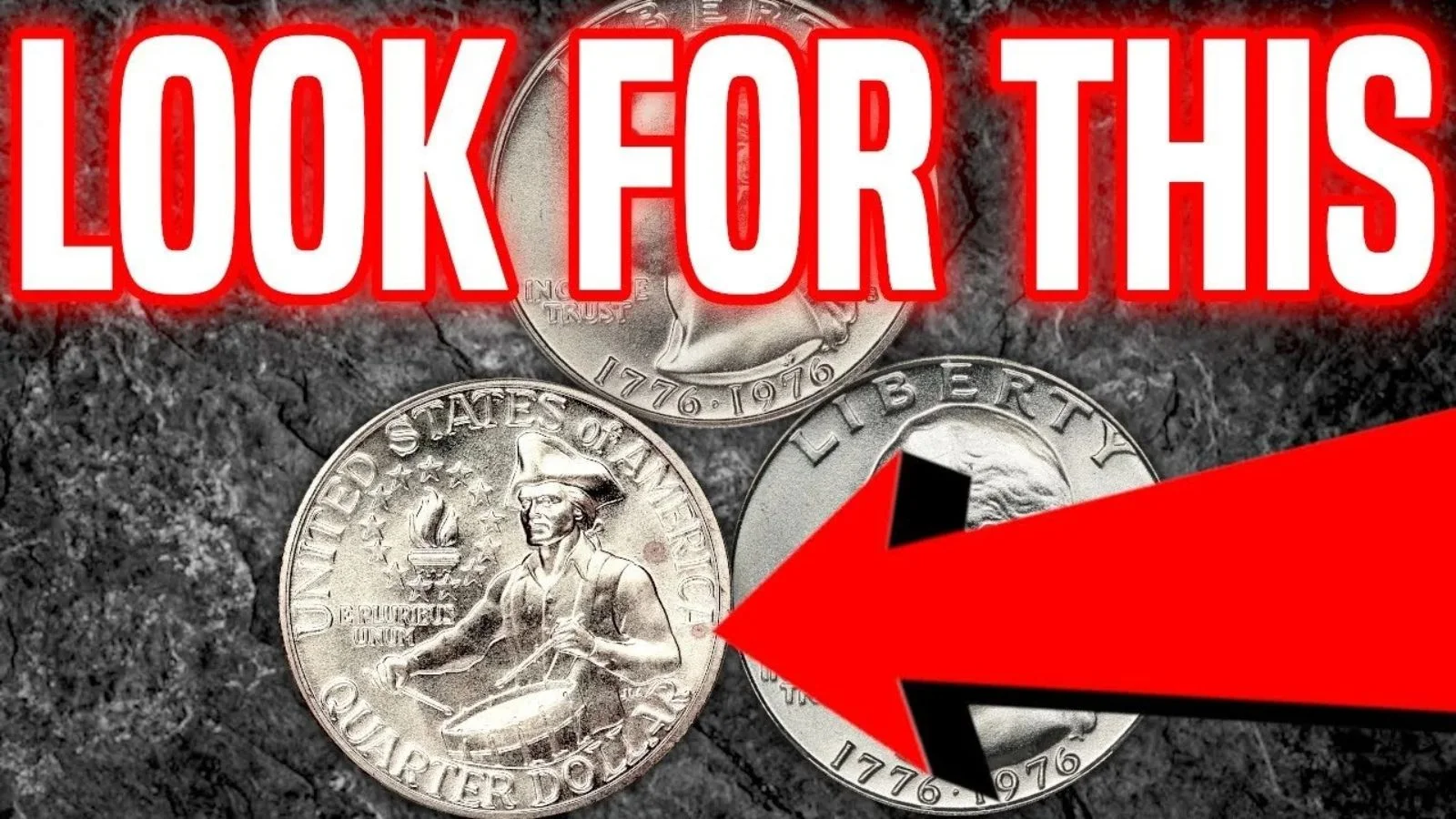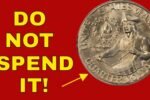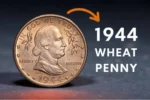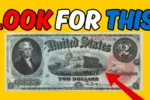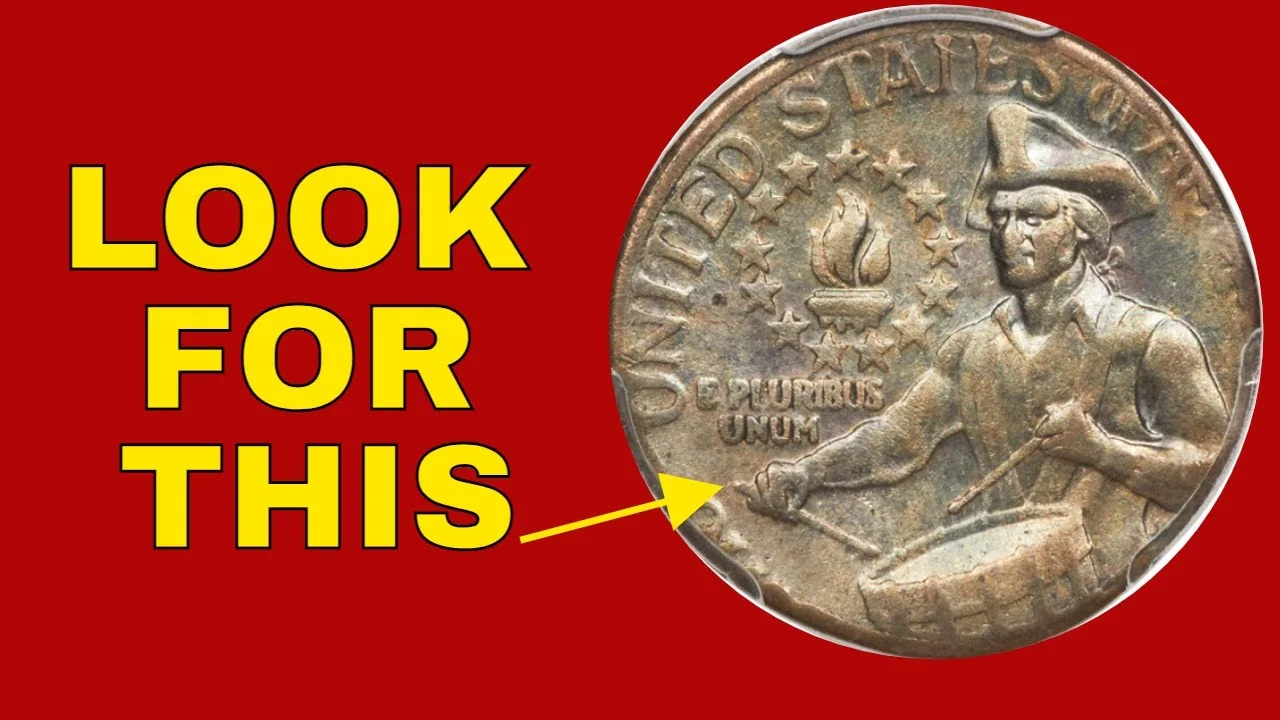The Rare Bicentennial Quarter Valued at $1 Million, Still in Circulation
The thought of finding a rare coin worth a fortune in your pocket change sounds like something out of a dream. But sometimes, reality can be just as surprising. One such case is the Rare Bicentennial Quarter, which some collectors estimate could be valued as high as $1 million due to its rarity and unique features. What makes this coin so special? Could it still be floating around in everyday circulation? Let’s dive in and find out.
The Subheadings of the Article
-
The Bicentennial Quarter: A Quick Background
-
What Makes This Particular Quarter Worth $1 Million?
-
Where Might You Find One?
-
Overview Table: Key Details of the $1 Million Bicentennial Quarter
-
Tips for Spotting Rare Bicentennial Quarters
-
Frequently Asked Questions (FAQs)
-
Conclusion: Keep Checking Your Change!
The Bicentennial Quarter: A Quick Background
In 1976, the United States celebrated its 200th anniversary of independence. To mark this historic occasion, the U.S. Mint released special commemorative coins, including the famous Bicentennial Quarter. Unlike regular quarters, these had the dual date “1776-1976” on the front and a unique design on the back featuring a colonial drummer with a victory torch encircled by thirteen stars.
Millions of Bicentennial Quarters were minted, and most of them are still only worth their face value—25 cents. However, a very small number of these coins were minted with special errors or made from rare materials, which can make them extremely valuable to collectors.
What Makes This Particular Quarter Worth $1 Million?
The idea of a single quarter being worth $1 million might sound unbelievable, but there are specific reasons why certain Bicentennial Quarters command such a high price:
-
Minting Errors: Some coins may have double strikes, off-center designs, or other minting mistakes that make them unique.
-
Composition: A few coins were struck on silver planchets or other special metal blanks instead of the usual copper-nickel. Silver versions, especially in uncirculated or proof condition, are highly sought after.
-
Condition: Coins that have remained in mint-state condition (no scratches, no wear) for nearly 50 years are rare. The better the condition, the higher the value.
-
Historical Significance: The Bicentennial design is already significant due to its limited mintage period. Adding rarity on top of that increases its collectible value dramatically.
-
Limited Special Editions: A few prototypes and test strikes made by the mint for internal use never officially entered circulation. These coins are the true treasures that could be valued near the million-dollar mark.
Where Might You Find One?
You might think that all these valuable quarters are locked away in collections, but believe it or not, some could still be circulating today. Since the Bicentennial Quarters were produced in large numbers and were intended for general use, a few rare versions might still end up:
-
In your pocket change
-
In old coin jars or piggy banks
-
At garage sales or flea markets
-
In coin rolls from the bank
-
Passed down through family collections
The key is knowing what to look for, which brings us to the next important part.
Overview Table: Key Details of the $1 Million Bicentennial Quarter
| Feature | Details |
|---|---|
| Year | 1976 (Dual date: 1776-1976) |
| Design | Colonial drummer on reverse |
| Minting Error Types | Double strike, off-center, wrong planchet |
| Material | Some made from 40% silver |
| Condition | Mint-state or proof versions highly valuable |
| Estimated Value | Up to $1 million for rare versions |
Tips for Spotting Rare Bicentennial Quarters
If you want to hunt for one of these rare quarters, here are some simple tips to guide you:
-
Check the Date: Only quarters with “1776-1976” are Bicentennial Quarters.
-
Inspect the Reverse Design: Look for the drummer boy with the torch and stars.
-
Check for Errors: Use a magnifying glass to examine for double strikes, missing elements, or off-centered designs.
-
Weigh the Coin: Silver planchets weigh slightly more than standard copper-nickel coins.
-
Look at the Edges: Silver versions may have solid white edges, while regular ones have a copper-colored stripe.
-
Consult an Expert: If you think you have a valuable one, show it to a professional coin dealer or submit it to a grading service.
Frequently Asked Questions (FAQs)
Q1: How many Bicentennial Quarters were made?
Millions were produced, but only a very few have the special characteristics that make them worth large amounts.
Q2: Can I still find valuable Bicentennial Quarters in circulation?
Yes, though it’s very rare, some of these quarters may still turn up in your everyday change or old coin stashes.
Q3: What makes a Bicentennial Quarter worth $1 million?
Special mint errors, silver composition, flawless condition, and prototype coins drive such high valuations.
Q4: Where can I sell a rare Bicentennial Quarter?
High-value coins should be sold through professional coin dealers, auctions, or specialized numismatic marketplaces.
Q5: Should I have my Bicentennial Quarter graded?
Yes, grading from reputable services like PCGS or NGC can verify its authenticity and condition, significantly affecting its value.
Conclusion
The possibility of discovering a $1 million Bicentennial Quarter may seem slim, but it’s not impossible. With a little knowledge and attention to detail, you might one day stumble upon one of these hidden treasures. Next time you empty your pockets or roll up your spare change, take a moment to check those quarters carefully. You never know—one might just change your life.
Always remember, the world of coin collecting is full of surprises, and even the smallest coin can hold incredible value under the right circumstances.
